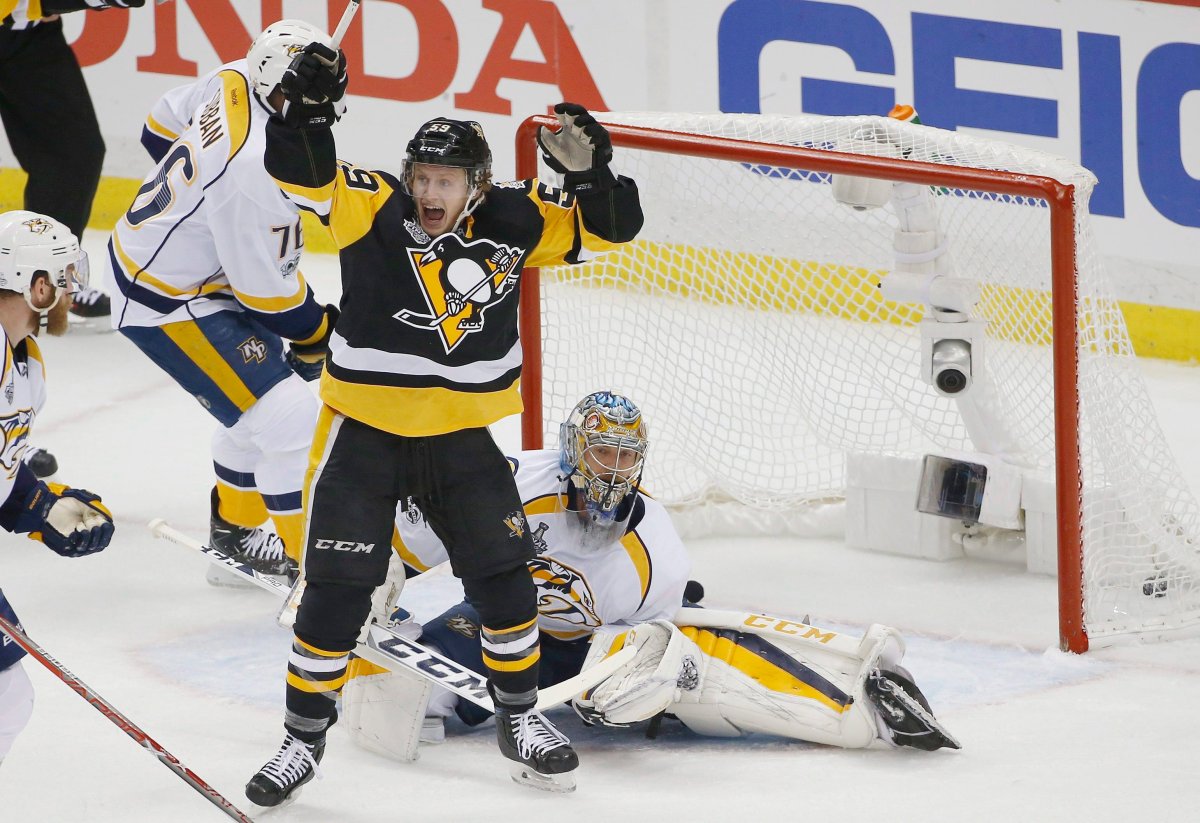Scientific American crunched some numbers a while ago and came to the conclusion that humans are getting taller. They estimate that the heights from industrialized countries have increased approximately four inches over the past 150 years.

If anyone would like to shift their attention to the sports world and go through the reams of heights stretching back to the days of James Creighton and his friends from McGill University who are often credited with playing the first indoor hockey game in 1875, you will find that heights in hockey have jumped as well. You don’t need to commission a study to know that no one who resembles Zdeno Chara was involved in the early years of the game.
Even by the 1970s and 80s, players like Larry Robinson still stood out as being tall. Robinson is 6’3″.
Gilles Lupien was a giant at 6’6″.
Bigger, stronger and faster. That’s been the trajectory.
The success of teams like the Los Angeles Kings even brought out the term, “heavy.” Big teams that play a physical style and simply wear you down over time. Look back at L.A.’s run to the Stanley Cup in 2014. They went to seven games in their first three rounds. The only guy on that team who was under six feet tall was Mike Richards and he played like he was 6’8″. Seven players who were dressed when Alec Martinez scored his StanleyCup-winning goal in double overtime were at least 6’2″ and 200 pounds. Jordan Nolan and Robyn Regehr were healthy scratches that game, but both fit the big description.
Fast forward to 2017 and things are a bit different.

Get breaking National news
The Pittsburgh Penguins and the Nashville Predators are at the top of the National Hockey League heap when it comes to players who are 5’11 or shorter.

The numbers are based on players who played in either half of a team’s regular season games or have played in half of their team’s games in the playoffs. David Desharnais was actually counted for Edmonton and Montreal. Even with his knee injury, he played in half of the games he could have for the Canadiens and then played in all of the Oilers’ games after he was traded.
The defending Stanley Cup champion, Penguins lead the way with eight. Nashville and the Tampa Bay Lightning have seven.
Now, you could argue that Sidney Crosby could be anywhere from 5’6″ to 6’5″ and he would impact any game he was in.
This is likely just an anomaly. Take a close look at the end of the graph and you will find the NHL’s regular season champions, the Washington Capitals, who boast Dmitry Orlov as their lone player at 5’11″ or less. The New York Rangers have Mats Zuccarello and no one else and both of those teams had excellent seasons.
But there has been attention on some 5’11″ guys, namely Jake Guentzel of the Penguins.
He leads the Stanley Cup playoffs in goals and his name is being brought up whenever someone says, “Conn Smythe Trophy.”
If you look at scouting reports on players like Guentzel or some of the others who fall into the category of being under 5’11″, you find some similarities. “Scores at lower levels,” is common. That means that when the player is in the American League, for instance, they are a major offensive force, but that doesn’t always translate once they reach the highest level.
Those players always have their defensive game called into question. Are they big enough to handle a defensive role?
It could be argued that they often find trouble sticking in the NHL the minute they struggle to score because some coaches would rather use bigger players on their third and fourth lines.
The thing that makes this interesting is the copycat nature of sports. If you see two teams make it to a championship series, you scour their rosters to see what traits might have propelled them along their way.
If eyes of general managers begin to fall on the number of players who failed to hit the sometimes magical mark of six feet, it could bode well for other smaller players hoping to get a shot.
You will never be able to turn those eyes away from the 6’3″, 220-pound forward who can fly around the ice. That player will always be preferable. But, what Pittsburgh and Nashville’s meeting in the Stanley Cup Final might do is create more opportunities for players who would not have received much of an opportunity before.











Comments